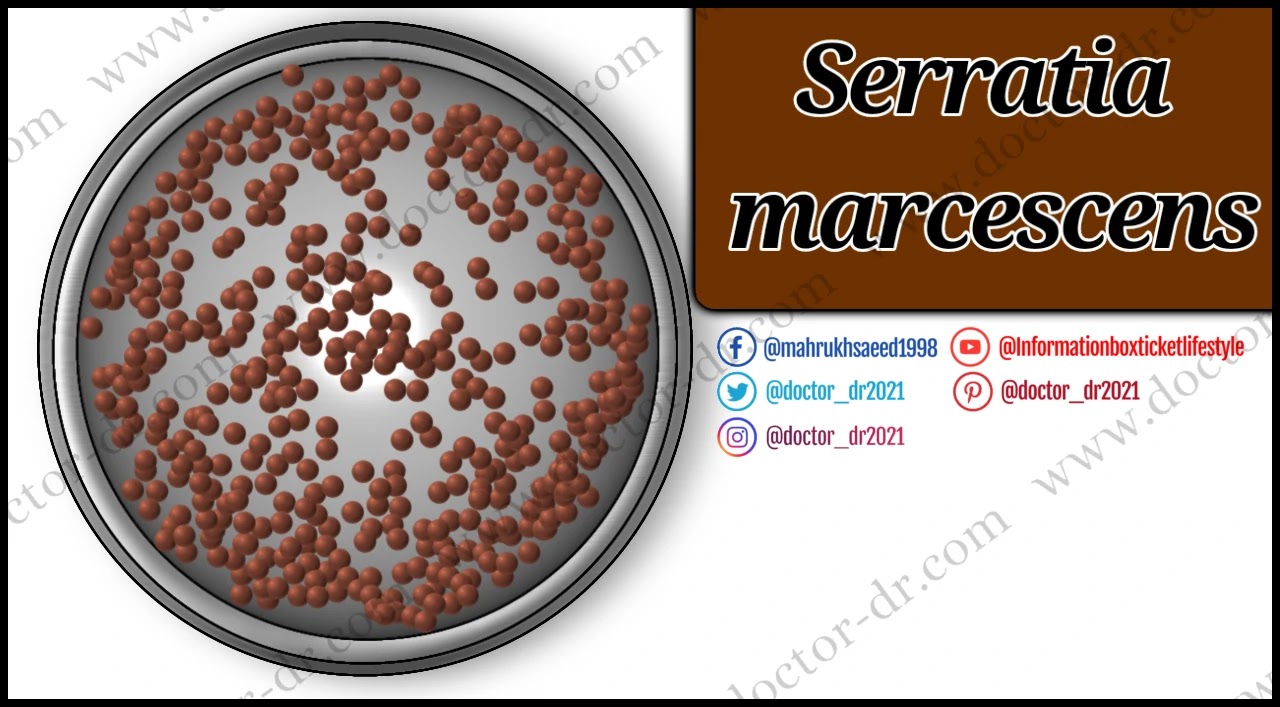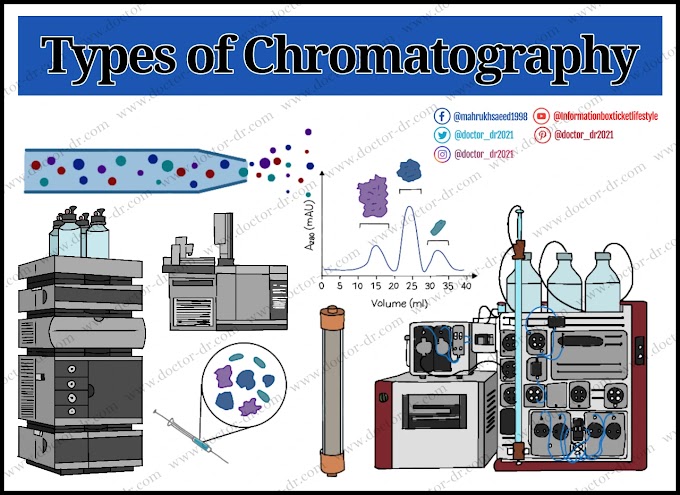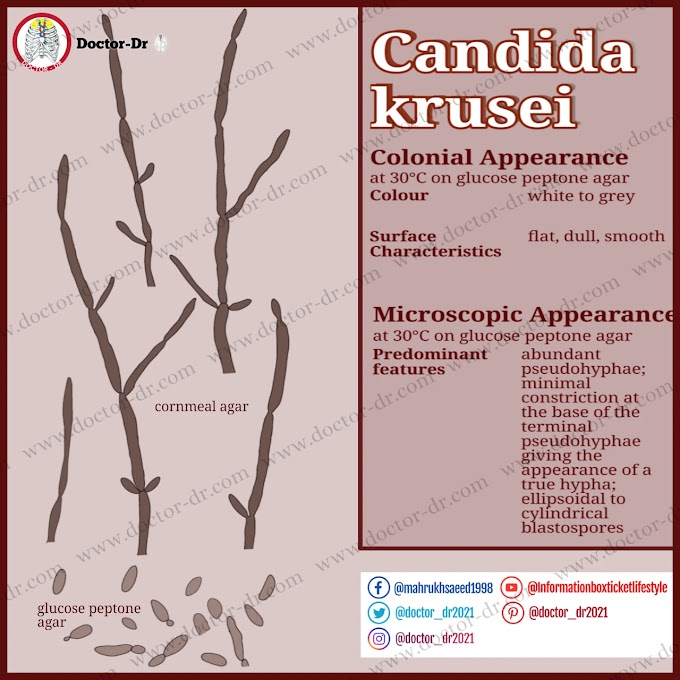- This organism was originally known by the name S. marcescens, which Bizio gave it in 1823. It has also been known by other names in the past, such as Chromobacterium prodigiosum.
- The crimson pigment prodigiosin is generally produced by environmental isolates of S. marcescens, and this growth was once frequently mistaken for fresh blood.
- S. marcescens was originally believed to be a benign, non-pathogenic saprophytic water bacterium that was commonly used as a biological marker because of its striking red colonies.
- After studying a limited sample of cases in 1896, Professor Scheurlen of the University of Strasbourg came to the conclusion that this organism resulted in more fatalities than many harmful germs.
- S. marcescens has now been connected to every sort of illness under the sun, including wound infections, UTIs, septicemia, meningitis, and respiratory tract infections.
- Patients with chronic, debilitating diseases used to be the only ones who could contract infection from it.
Table of Contents
- Classification of Serratia marcescens
- Habitat of Serratia marcescens
- Serratia marcescens Morphology
- Cultural Characteristics of Serratia marcescens
- Biochemical Characteristics of Serratia marcescens
- Basic Characteristics
- Fermentation of
- Enzymatic reactions
- Virulence Factors of Serratia marcescens
- Pathogenesis of Serratia marcescens
Classification of Serratia marcescens
- Serratia marcescens is a member of the genus Serratia of the family Enterobacteriaceae.
- There are now 14 recognised species of Serratia, eight of which are connected to human illness.
- S. marcescens, S. liquefaciens, and S. odorifera are three of the eight species that have been related to clinical illness that are the most well-known.
- Among all Serratia species, S. marcescens is the most common clinical isolate and a serious human pathogen.
|
Kingdom |
Bacteria |
|
Subkingdom |
Negibacteria |
|
Phylum |
Proteobacteria |
|
Class |
Gammaproteobacteria |
|
Order |
Enterobacterales |
|
Family |
Enterobacteriaceae |
|
Genus |
Serratia |
|
Species |
S. marcescens |
Habitat of Serratia marcescens
- It was shown to be a typical saprophytic bacterium in food, especially starchy kinds that provide an ideal development habitat.
- This bacteria can be found on soil and water surfaces as well as on plants, insects, and the gastrointestinal systems of vertebrates.
Serratia marcescens Morphology
- S. marcescens is a bacillus that has rounded ends and measurements of 0.5 mm to 0.8 mm in width and 0.9 mm to 2.0 mm in length. There are peritrichous flagella, and they frequently move.
- S. marcescens colonies are opaque, range in size from 1.5 to 2.0 mm, frequently have a reddish or pink colour from the formation of pigment, and have a peculiar odour (similar to urine) connected to the generation of ammonia or trimethylamine.
- These characteristics are visible after 24 hours of incubation at 37°C. Colonies produced by certain strains are typically pale or greyish and are not coloured.
Cultural Characteristics of Serratia marcescens
1) Serratia marcescens on MacConkey agar
- Convex, effuse, colourless colonies with erratic burnt edges formed on MacConkey agar and turned pink after 48 hours—a late lactose fermenter.
2) Serratia marcescens on Blood agar
- Convex, elevated, greyish colonies with a constrained hemolysis zone might be spotted on blood agar.
3) Serratia marcescens on Chocolate agar
- The colonies were large and grey.
Characteristics of Serratia marcescens' Biochemistry
Basic Characteristics
|
S.N. |
Characteristics |
S. marcescens |
|
1. |
Gram staining |
Gram-negative (-ve) |
|
2. |
Capsule |
Non-capsulated |
|
3. |
Shape |
Rods |
|
4. |
Catalase |
Positive (+) |
|
5. |
Citrate |
Positive (+) |
|
6. |
Triple sugar iron(TSI) |
K/A, no H2S |
|
7. |
Indole |
Negative (-) |
|
8. |
Urease |
Negative (-) |
|
9. |
Oxidase |
Negative (-) |
|
10. |
Nitrate |
Positive (+) |
|
11. |
H2S |
Negative (-) |
|
12. |
Motility |
Positive (+) |
|
13. |
VP (Voges Proskauer) |
Negative (-) |
|
14. |
Spore |
Negative (-) |
Fermentation of
|
S.N. |
Characteristics |
S. marcescens |
|
1. |
Glucose |
Positive (+) |
|
2. |
Sucrose |
Positive (+) |
|
3. |
Mannitol |
Positive (+) |
|
4. |
Fructose |
Positive (+) |
|
5. |
DNase |
Positive (+) |
|
6. |
Glycerol |
Positive (+) |
|
7. |
Xylose |
Negative (-) |
|
8. |
Lactose |
Negative (-) |
|
9. |
Arabioniose |
Negative (-) |
|
10. |
Raffinose |
Negative (-) |
|
11. |
D-dulcitol |
Negative (-) |
|
12. |
D-sorbitol |
Positive (+) |
Enzymatic reactions
|
S.N. |
Characteristics |
S.
marcescens |
|
1. |
Lysine
decarboxylase |
Positive
(+) |
|
2. |
Ornithine
decarboxylase |
Positive
(+) |
|
3. |
Arginine
dehydrolase |
Negative
(-) |
|
4. |
Lipase |
Positive
(+) |
Virulence Factors of Serratia marcescens
1. Hemolysin production
- The main virulence component for S. marcescens has been identified as hemolysin (ShlA), which is cytotoxic to fibroblasts, epithelial cells, and red blood cells.
- Leukotriene and histamine are produced with the help of ShIA, which raises vascular permeability and causes granulocyte buildup, edoema, and other signs of bacterial infections.
- The ShlB gene product regulates the Omp85 subfamily member ShlA export.
2. Lipopolysaccharides
- Lipopolysaccharide (LPS), which is present in the outer membrane of gram-negative bacteria, mediates the biological activity of endotoxin.
- LPS O-polysaccharides give bacteria the ability to resist serum death, which can boost their pathogenicity. It protects the cell from hazardous chemicals by limiting their access to the target region and reducing their penetration.
- The structure of LPS in S. marcescens varies because it carries more than 24 somatic antigens.
3. Extracellular products
- S. marcescens stands apart among enteric bacteria in a number of ways.
- Additionally, it secretes a number of proteases, a nuclease, a lipase, an extracellular chitinase, and a wetting agent or surfactant called serrawettin that helps bacteria colonise surfaces.
- In line with its wide habitat, S. marcescens produces numerous types of differently flagellate cells, and these show distinct types of motility depending on whether the growing medium is liquid or solid.
- Non-flagellate cells of S. marcescens can also successfully migrate across the surface of low-agar media.
Pathogenesis of Serratia marcescens
1. Attachment/adherence
- It has been shown that piliation affects the adhesion of microbes to host epithelial surfaces. S. marcescens produces nosocomial UTI, contains pili, and attaches to uroepithelial cells.
- There have been two classes of adhesins proposed. Mannose-resistant (MR) pili agglutinate chicken erythrocytes in the presence of D-mannose, whereas mannose-sensitive (MS) pili display mannose-sensitive haemagglutination of guinea pig and chicken erythrocytes.
- S. marcescens strain US46 from a human urinary tract isolation was found to have Ml2 and MS pili. This study shows that MS-piliated bacteria trigger PMNLs to create active oxygen radicals, which harm tissue in the infected organ.
2. Biofilm formation
- Biofilms are made when bacteria collect and cling to a surface. When they are gathered together, they can communicate with one another via quorum sensing.
- Bacteria are able to live in harsh conditions and develop resistance to a variety of antimicrobial agents thanks to a multicellular behaviour known as biofilm development.
- S. marcescens develops biofilms in five stages: initial attachment to a surface, exopolysaccharide synthesis, establishment of the biofilm's basic structure, maturity, and cell dispersal. Chronic infections are facilitated by the growth of biofilms.
Clinical Manifestations of Serratia marcescens
1. Respiratory tract infection
- S. marcescens has been isolated from the respiratory tracts of up to 80% of postoperative patients who acquire S. marcescens bacteremia, highlighting the significance of the respiratory tract as a significant portal of entry.
2. Urinary tract infection (UTI)
- UTIs are frequently caused by infected catheters. Between 30 and 50 percent of people with Serratia urinary tract infections experience them asymptomatically. A few of the symptoms include fever, frequent urination, dysuria, pyuria, and pain when peeing.
3. Bloodstream infection
- Fortunately, S. marcescens infection of donor blood or blood components is a rare adverse reaction to blood transfusion, though it has been well-reported for decades.
- Complications related to transfusions typically manifest as septic or endotoxic shock.
- Bloodstream infection by Serratia bacteria can result in endocarditis, bacteremia, meningitis, osteomyelitis, and arthritis.
4. Wound infection
- S. marcescens has a high degree of mobility, making it simple for it to transfer from the hands of a carer to an exposed catheter or an open wound.
5. Endocarditis
- Rarely, S. marcescens can also cause endocarditis. In the 1970s, it was the most frequent reason for Gram-negative endocarditis in intravenous drug users.
Lab Diagnosis of Serratia marcescens
1. Morphological and biochemical characteristics
- Serratia is frequently isolated in the laboratory from urine and respiratory sites using selective culture methods or from the bloodstream and wound sites using blood agar culture.
- Examples of typical selective agar cultures include MacConkey agar, which classifies Serratia isolates with the other non-lactose fermenting Enterobacteriaceae, and chromogenic agars, which classify them under the general Klebsiella, Enterobacter, Serratia, and Citrobacter (KESC) grouping.
- It was cultivated aerobically at 37°C. The inoculum was subcultured on MacConkey and blood agar and incubated aerobically for 24 hours at 37°C when turbidity first appeared on the fifth day.
- The colony is then observed. Additionally, other biochemical tests are run to differentiate the species.
2. Automated system/Molecular diagnosis
- Several approaches and platforms, including automated technologies like Vitek and MicroScan1, are currently available for identifying this bacterium.
- At the molecular level, 16S rRNA gene sequencing is used, as well as spectroscopic techniques like MALDI-TOF. Effective distinction between Serratia species is made possible by these two most current techniques.
Treatment of Serratia marcescens
- S. marcescens infections may be difficult to treat because of resistance to a variety of medicines, including ampicillin and first- and second-generation cephalosporins.
- Although S. marcescens can be successfully eradicated by aminoglycosides, resistant strains have also recently been found.
- Because the killing impact of beta-lactam antibiotics is time-dependent, the duration of the bacteria's exposure to antibiotic concentrations over the MIC is a crucial metric for determining the expected clinical result.
- When an aminoglycoside and a beta-lactam antibiotic are coupled, according to research from a rabbit model, the aminoglycoside causes quick death and a decrease in the inoculum. In contrast, between doses of the aminoglycoside, the beta-lactam antibiotic prevents regrowth.
Prevention of Serratia marcescens
- Given the continued evidence of S. marcescens healthcare-associated infection, opportunities for infection control depend not only on the careful use of antibiotics but also on the implementation of effective infection control strategies.
- If there is a discernible rise in the frequency of S. marcescens infections, the infection-control team should become involved to stop the spread inside the hospital, especially when multi-resistant strains are found.
- Each time S. marcescens is discovered, all healthcare professionals should be reminded of the need of hand cleanliness for infection management.
- In order to reduce staff contact with non-infected patients while taking isolation procedures into consideration, it may also be advisable to isolate patients in certain rooms or units.
- The best way to avoid contracting S. marcescens is to properly and thoroughly wash your hands.
S. marcescens and research on cancer
- Recent studies suggest that the Serratia marcescens ost3 strain's novel prodigiosin, MAMPDM ((2,2'-[3-methoxyl-1'amyl-5'-methyl-4-(1"-pyrryl))dipyrrylmethene), may have a major impact on the treatment of cancer.
- When tested on cancer cell lines, this red pigment showed a selective cytotoxic effect while being less harmful to non-malignant cells.
- They came to the conclusion that Serratia might one day serve as a source for a substance that fights cancer.



~1.webp)

.webp)

